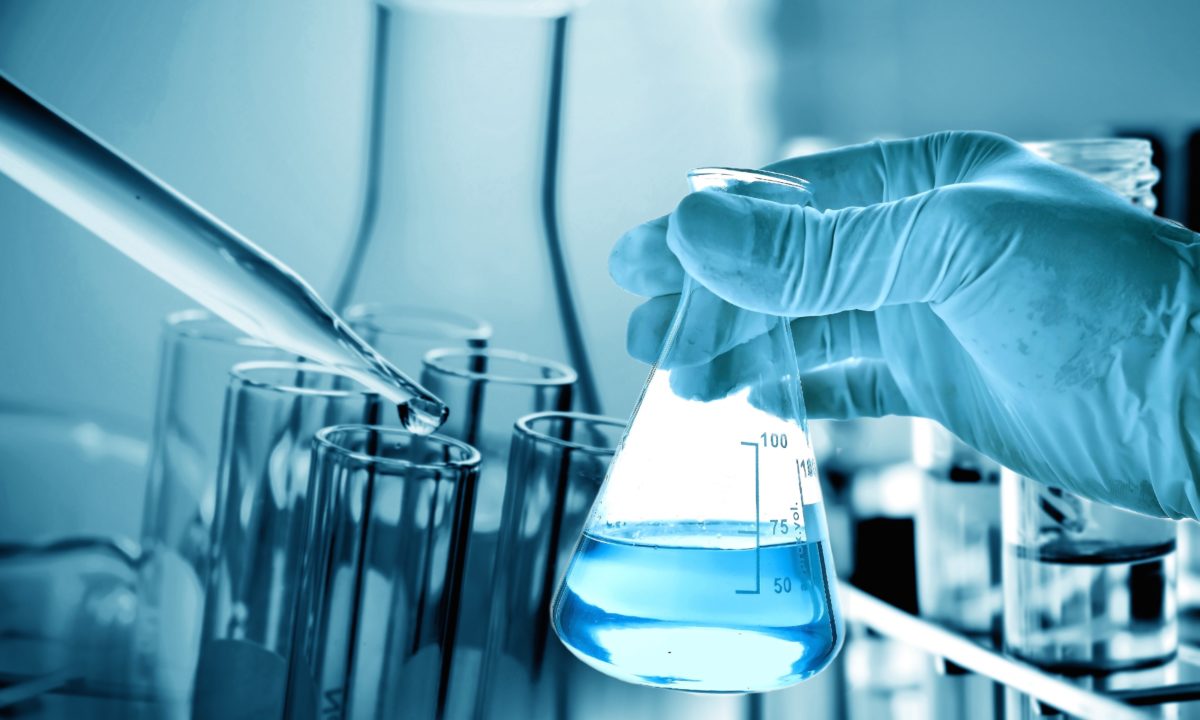Reference materials

The guarantee of traceability
Reference materials are homogeneous and stable materials with respect to specified properties, and therefore suitable for use in a measurement or exam of classification properties.
The accredited certification of reference materials is a fundamental instrument for the reliability of the results of tests, calibrations, inspections and verifications.
The use of reference materials (RMs) and certified reference materials (CRMs) is increasing in the metrological sector, for the definition of new measurement samples and for metrological traceability and also in industry for regulating measurement instruments and systems.
The international system of measurement units, which started as a measurement system in physics, created the need, in such areas as chemistry and biology, to have reference materials which can guarantee, owing to its properties, measurements of a physical/chemical nature. The need to guarantee the quality of measurements and the traceability of results to the international system of measurement units has led, in the metrological field, to the use of accreditation: an attestation of the competence of producers of reference materials as an assessment of conformity.
Certified reference materials issued by accredited producers against the standard ISO 17034 (Reference Material Producers – RMPs), ensure this traceability.
Objectives
Reference materials are used for:
- calibrating measurement instruments and systems;
- validating measurement methods;
- estimating uncertainties of tests and verifications;
- verifying correct use of the method;
- performing regular checks of measurement quality.
The accreditation of RMPs contributes to market trust in sectors such as the environment or industry and greater safety of goods and services used in daily life.
The impact of accreditation in the production of reference materials, especially certified, allows the attainment of results which can be referred to the international system or to internationally recognized samples, thereby improving service quality. This has raised the awareness of accredited inspection bodies, in particular testing laboratories and inspection bodies and organizations which manage interlaboratoy comparisons.
Typologies
The sub-division of the possible typologies of RMs depends on their use, applications and the producers themselves. Reference materials are used in a broad range of sectors – from the environment to health and industrial production.
Engineering Proprieties
These include elasticity, hardness, surface characteristics etc.
Physical Proprieties
These include optics, magnetism, thermo-physics, radioactivity etc.
Biological and Clinical Properties
These include food and environmental safety, genetic and diagnostic safety etc.
Chemical composition
These include pure substances, forensics, pharmacopoeia, food, the environment etc.